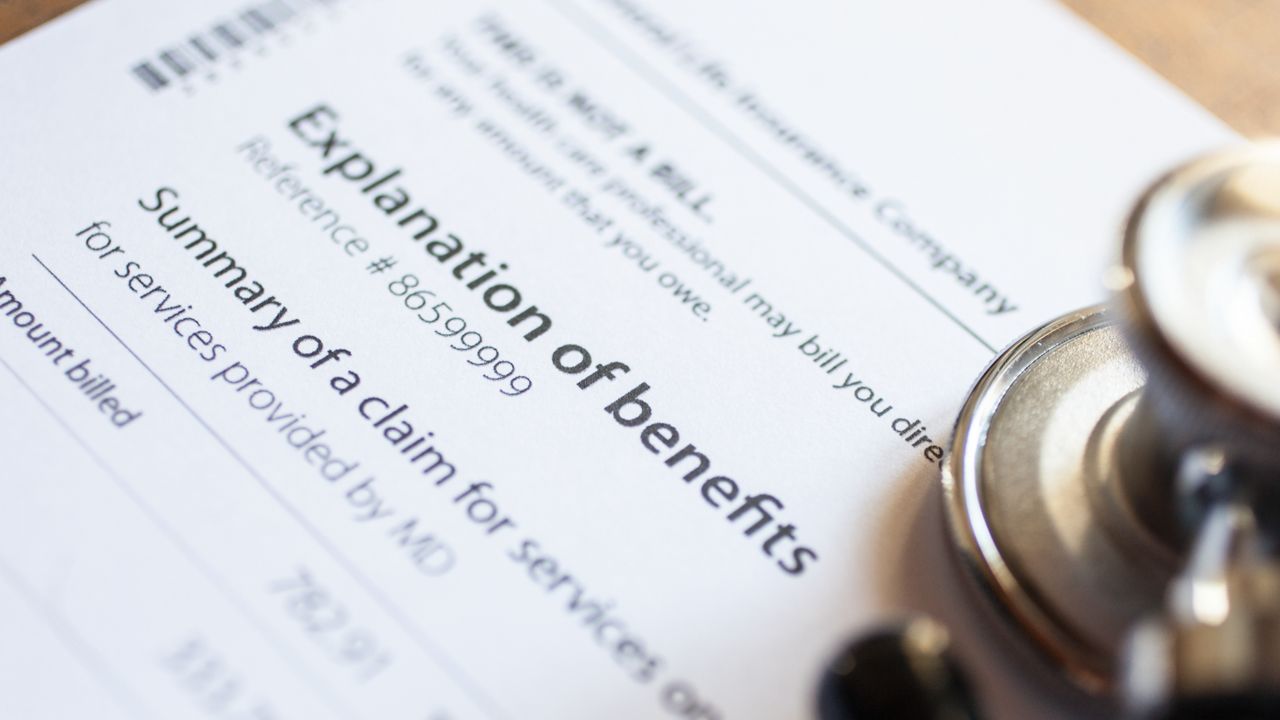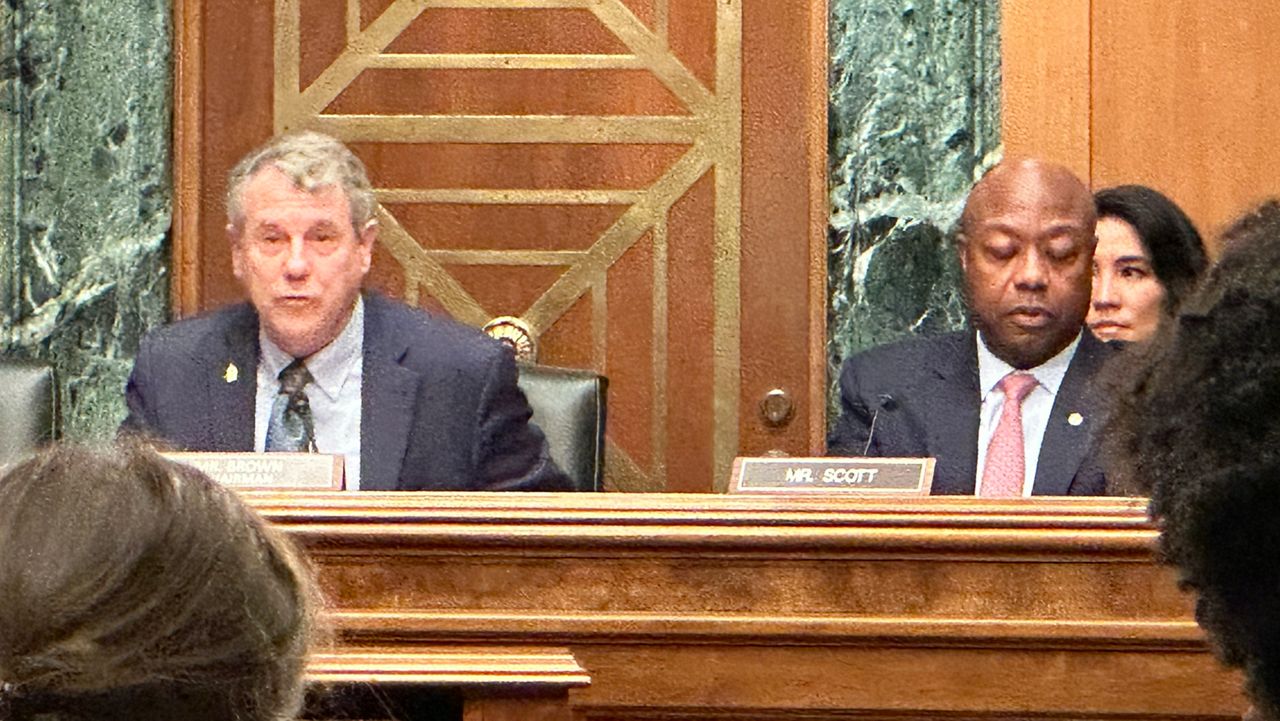WASHINGTON, D.C. — As Republican lawmakers work to enact President Donald Trump’s agenda to reduce government spending, some Democrats are saying proposed budget cuts are coming from the wrong places.
House Republicans passed a budget resolution in February that includes up to $2 trillion in cuts. Within that, $232 billion would come from the Agriculture Committee's appropriations. The most likely cuts there would come from the Supplemental Nutrition and Assistance Program, or SNAP.
Conservative critics of SNAP have said the government spends too much on the program, which has grown over time. The number of people using SNAP grew in response to each of the four recessions in the last 30 years, most recently spiking during the COVID-19 pandemic.
The program is projected to have cost $100 billion in 2024, a decrease from the peak of $119 billion in 2022.
Currently 42 million Americans, including 1.4 million Ohioans, receive benefits of on average $6.20 per day.
“Despite that modest benefit, SNAP has a huge impact. SNAP is very effective at reducing food insecurity and poverty, and research has linked SNAP participation to better health, better education and labor market outcomes,” said Katie Bergh, a senior policy analyst at the Center on Budget and Policy Priorities. “And because adequate nutrition is so critical for children’s health and development, the long-term returns on investment are even greater.”
Bergh said states are not prepared to absorb the costs of SNAP if the federal government cuts funding. If Ohio were required to contribute 25% of its federal SNAP funding, for example, it would cost the state more than $7.5 billion from 2026 to 2034.
Each dollar invested in SNAP generates $1.50 in economic activity, according to a USDA study.
SNAP supporters have said the benefits therefore outweigh the costs of the program.
Rep. Shontel Brown, D-Ohio, is the Vice Ranking Member on the House Agriculture Committee and is leading the House Democratic opposition to the proposed SNAP funding cuts. She announced this week she is introducing a bill that would in effect prevent cuts to SNAP spending by ensuring the calculation for benefits, called the Thrifty Food Plan, continues to account for inflation.
At a press conference to promote the legislation, Brown suggested lawmakers should find savings elsewhere in the budget resolution, such as by limiting proposed tax cuts that disproportionately benefit the wealthy.
“We are here because Donald Trump and House Republicans are at it again, pushing a heartless, gutless, shameless scheme to line the pockets of the ultra-wealthy while ripping food from the mouths of children, seniors and veterans,” Brown said.
Though the bill is unlikely to pass, Democrats are using proposed cuts to SNAP and Medicaid as a rallying cry against Trump’s policies.
Democrats added that recent actions by the Trump administration underscored the importance of SNAP. Last week, Health and Human Services Secretary Robert F. Kennedy, Jr. visited West Virginia to laud the state’s request for a waiver from the USDA to make certain processed foods ineligible for SNAP funds. Rep. Jahana Hayes, D-Conn., said the measure would be a burden for people living in food deserts without access to unprocessed foods.
“Calories are cheap. Nutrition is expensive,” Hayes said. “So if he wants to talk about that, then that actually bolsters the argument to increase SNAP dollars so that people can make the healthiest food choices.”
Democrats instead touted programs like Double Up Food Bucks, which incentivize buying healthy food by matching SNAP dollars for fresh produce.











